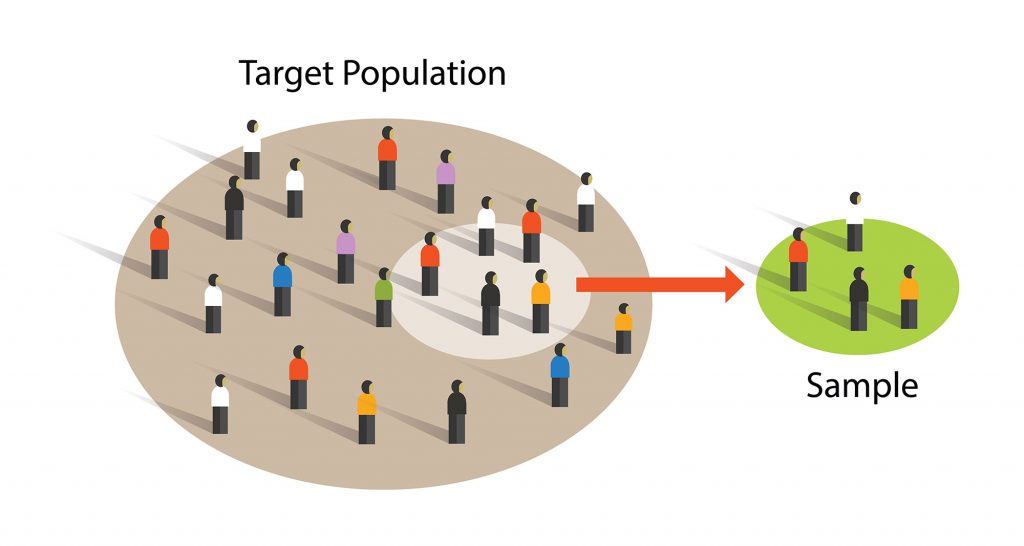
Data & Sampling Forms of Information


Data & Sampling Objectives
-
Provide examples of different forms of data about the natural world.
-
Describe the types of information data can convey.
-
Discuss the techniques, benefits, and limitations of sampling from a larger population.
One of this media pieces this week, “Population Analysis” relates to three of the four webpages in this lecture guide: sampling, photography, and populations. If you would like to look at that assignment before completing the webpages, the link is below. Material from this lecture guide (and the next Data Analysis lecture guide) will also be on the quiz due by Sunday.
Now, a closer look at data collection

Data are the attributes of something we can observe, like number, color, or size. Data is the variable in a study, what you are trying to find out more about; like the number of fish in a lake, or location of a plant in a field.

“Data” is often used interchangeably with information. In its basic sense, data is the attribute of something, like the number or color, or size. This is information if it is new to someone, they become informed about the data.
We often think of numbers as the primary type of data, because many measurements are numerical.

Temperature

Stock Values

Mutation Rates

Food Calories

Map Coordinates

Population Size
Data can also be in non-numerical form.

Specimens

Human Attributes (motivation, attitude, satisfaction)

Stakeholders in an Issue
The questions that you want to answer drive the type of data that is collected.
This video provides an overview of data collection.
Sampling
It is usually impossible to study all of something. For example, it would not be possible to study all of the monarch butterflies. Sampling is a way to study a subset of organisms and then try to extrapolate to the larger population.

Researchers rarely get the opportunity to sample an entire population, unless it is quite small, like an endangered species or a tiny habitat.
A sample is a smaller part that is intended to accurately describe the larger whole.
Sampling a small defined number of individuals and extrapolating the results to the larger population is a common practice in many fields.

What is an advantage of sampling?
hint: if you were asked about characteristics of a grass species in a large lawn, what is the clear advantage of taking a smaller sample?
What is a potential disadvantage of sampling?
hint: think about if by chance you get something unusual in the sample, the assumption would be that whatever that is, is actually common.

A larger number of samples in an area typically provides a more accurate representation.

Resources (materials, time, money) and weather often limit sample number and sizes.

In our field work (streams for Lesley; lakes and forests for Mark), weather and time were often the limiting factor. As graduate students our labor costs were inexpensive, but the time window to collect seasonal data was narrow.
A quadrat is often used to delineate a consistently sized sampling area and can be inexpensive to construct.
The next section focuses (pun intended!) on the important role of photography in science research.

Check your knowledge. Can you:
-
provide examples of different forms of data about the natural world?
-
describe the types of information data can convey?
-
discuss the techniques, benefits, and limitations of sampling from a larger population?



